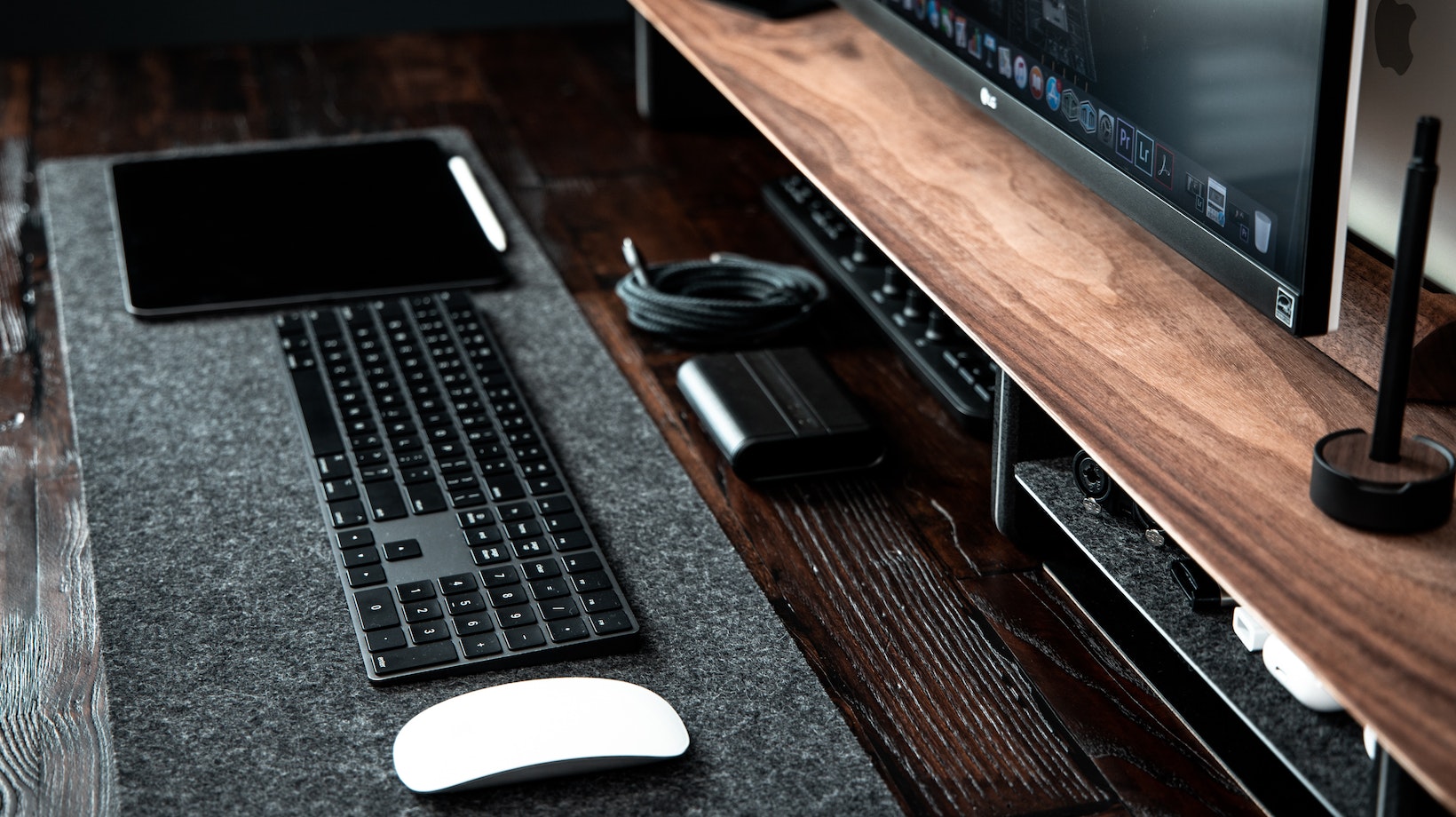Looking to create eye-catching 3D shapes in Illustrator? Well, you’re in the right place! In this article, I’ll guide you through the process of making stunning 3D shapes using Adobe Illustrator. Whether you’re a beginner or an experienced designer, these step-by-step instructions will help you bring your designs to life.
To start creating 3D shapes, open Adobe Illustrator and create a new document. Then, select the shape tool from the toolbar and choose the shape you want to work with – it could be a cube, sphere, pyramid, or any other geometric form. Next, apply colors and gradients to give depth and dimension to your shape.
But wait, there’s more! If you want to take your design to the next level, try adding shadows and highlights. This simple technique can make your 3D shapes appear more realistic and dynamic. With just a few adjustments in Illustrator’s effects panel, you’ll be amazed at how professional-looking your creations become.
So whether you’re designing for print or web projects, learning how to make 3D shapes in Illustrator is a valuable skill that can elevate your designs. Let’s dive into the details and get started on our exciting journey into the world of three-dimensional artistry!
Table of Contents
ToggleCreating a Basic Shape Using the Rectangle Tool
To start creating a 3D shape in Adobe Illustrator, we can begin by utilizing the versatile Rectangle tool. This fundamental tool allows us to create rectangles and squares with ease.
- First, select the Rectangle tool from the toolbar on the left-hand side of your workspace.
- Click and drag on your canvas to define the dimensions of your rectangle or square.
- To maintain proportions while dragging, hold down the Shift key.
- Release the mouse button to finalize the shape.
By adjusting the width and height values in the control panel, you can fine-tune the size of your rectangle or square precisely.
Adding Depth with the Extrude & Bevel Effect
Now that we have our basic shape created, let’s take it a step further by adding depth using Illustrator’s Extrude & Bevel effect.
- Select your shape and go to Effect > 3D > Extrude & Bevel from the top menu.
- In this dialog box, you can adjust various parameters such as extrusion depth, bevel options, rotation angles, lighting effects, and more.
- Experiment with different settings until you achieve your desired 3D effect.
- Once satisfied with your adjustments, click “OK” to apply them.
The Extrude & Bevel effect gives our flat shapes dimensionality by extending them into three-dimensional space.

Refining the Shape with Pathfinder Tools
To further refine our 3D shape and enhance its appearance, we can utilize Illustrator’s powerful Pathfinder tools.
- With your object selected, navigate to Window > Pathfinder to open up the Pathfinder panel if it’s not already visible.
- The Pathfinder panel offers several options for combining or subtracting shapes together.
- Use “Unite” to merge overlapping shapes into a single object.
- “Minus Front” subtracts the front shape from the back shape, creating a cutout effect.
- “Intersect” creates a new shape by overlapping areas of multiple objects.
- “Exclude” removes overlapping areas between objects, leaving only distinct shapes.
By experimenting with these Pathfinder tools, we can refine and customize our 3D shape to achieve unique designs.
Remember to save your work regularly and explore further possibilities as you become more comfortable with Illustrator’s shape tools. With practice, you’ll be able to create intricate 3D shapes that add depth and dimension to your design projects.
How to Make 3D Shape in Illustrator
When it comes to making 3D shapes in Illustrator, applying gradients can play a crucial role in adding depth and realism to your designs. Gradients allow you to smoothly transition from one color to another, creating the illusion of light and shadow on your shape.
To apply a gradient, start by selecting your shape and opening the Gradient panel in Illustrator. You can choose from various gradient types such as linear, radial, or even custom gradients. Experimenting with different angles, opacity levels, and color stops will help you achieve the desired three-dimensional look.
For example, if you’re creating a sphere, you can use a radial gradient that transitions from a lighter shade at the center to a darker hue towards the edges. This simple technique instantly adds volume and makes your shape appear more rounded.
In conclusion, learning how to make 3D shapes in Illustrator opens up a whole new world of creative possibilities. With dedication and practice, you’ll soon become proficient in creating eye-catching designs that stand out from the crowd. So don’t hesitate – grab your mouse and start exploring the exciting realm of 3D design today!






